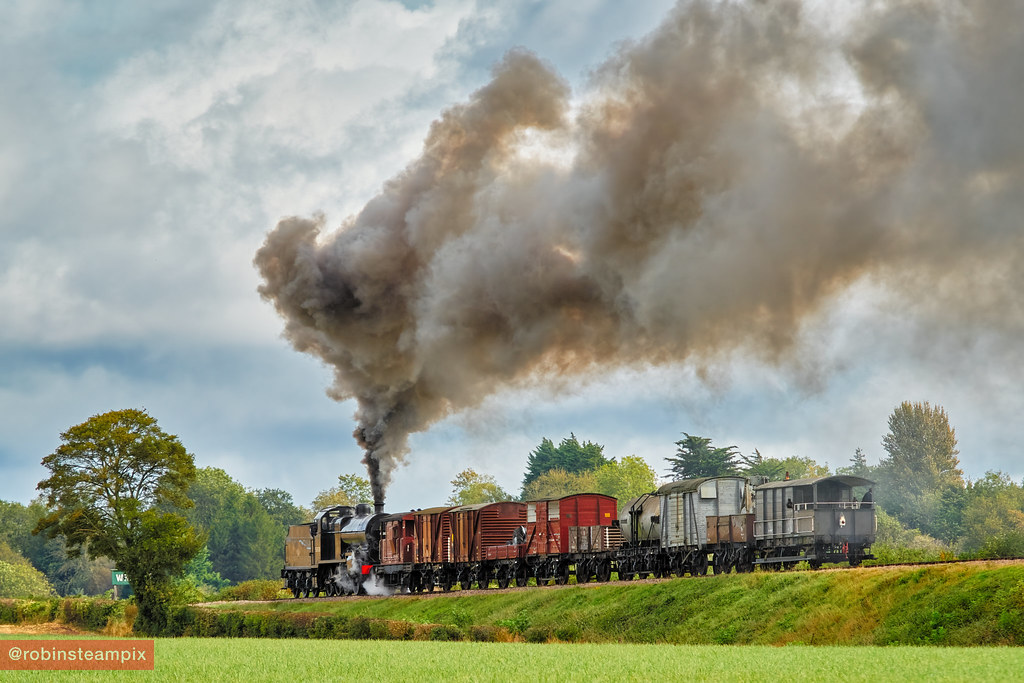- Messages
- 3,267
- Name
- Graham
- Edit My Images
- No
I'm told that current photography courses at uni etc set their students projects using old school film cameras so they learn to understand the basic 'holy trinity' of aperture+shutter+ISO. That's a very good thing in my opinion.
There. does seem to be a fair amount/lot of interest in film photography among young people, and in prints. And yes there is definitely a fair amount of film photography being taught at colleges/university. But with my limited experience of his, it's more about it being a different approach (like oil vs watercolour painting) and "seeing" differently than about learning the basics.





